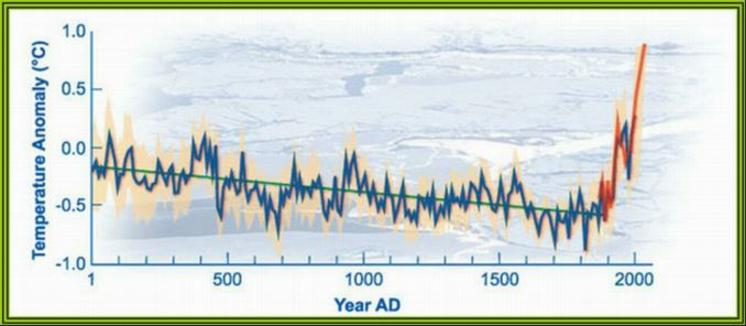From the Calgary Herald:
The biggest Arctic “ice island” to form in nearly 50 years — a 250-square-kilometre behemoth described as four times the size of Manhattan — has been discovered after a Canadian scientist scanning satellite images of northwest Greenland spotted a giant break in the famed Petermann Glacier.
About one-quarter of Petermann’s 70-kilometre-long floating ice shelf has split from the main glacier and is now drifting in a fiord toward open water. It will eventually track a route south, toward Canadian shipping lanes along the Baffin Island and Newfoundland coasts, as do most icebergs calved from Greenland’s shoreline glaciers — including the one that struck and sank the Titanic in 1912.
Environment Canada’s Trudy Wohlleben, a researcher with the Canadian Ice Service, reported the birth of the colossal ice island on Thursday to a U.S. expert conducting a study on ice movement in Nares Strait — the narrow sea passage between Greenland and Canada’s Ellesmere Island.
University of Delaware researcher Andreas Muenchow confirmed and announced the discovery on Friday, describing the ice island’s thickness of more than 200 metres in some places as “half the height of the Empire State Building.”
The new ice island dwarfs a 29-square-kilometre one that broke away from the Petermann Glacier in 2008 and forced the Canadian Ice Service to closely monitor its movement last summer near shipping routes at the south end of Baffin Island.
“The fresh water stored in this ice island could keep the Delaware or Hudson rivers flowing for more than two years,” Muenchow said in a statement. “It could also keep all U.S. public tap water flowing for 120 days.”
“In Nares Strait, the ice island will encounter real islands that are all much smaller in size,” Muenchow stated. “The newly-born ice island may become land-fast, block the channel, or it may break into smaller pieces as it is propelled south by the prevailing ocean currents. From there, it will likely follow along the coasts of Baffin Island and Labrador, to reach the Atlantic within the next two years.”
Earlier this summer, the Jakobshavn Glacier — its ocean outlet located near the town of Ilulissat on Greenland’s west coast —lost a seven-square-kilometre section of its leading edge.
This is getting dangerous, folks...
Welcome to By 2100!
This Blog is designed to be a Diary of Events illustrating Global Climate Change, and where it will lead.
Commentary is encouraged, but this Blog is not intended for discussion on the Validity of Climate Change.
Category Labels
- Climate Events (85)
- Climate Solutions (45)
- Videos (42)
- Climate Statistics (39)
- The Deniers (34)
- Humour (15)
- Basic Information (5)
Saturday, August 7, 2010
Subscribe to:
Post Comments (Atom)
www.know-the-number.com
Our Climate is Changing!Please download Flash Player.

No comments:
Post a Comment